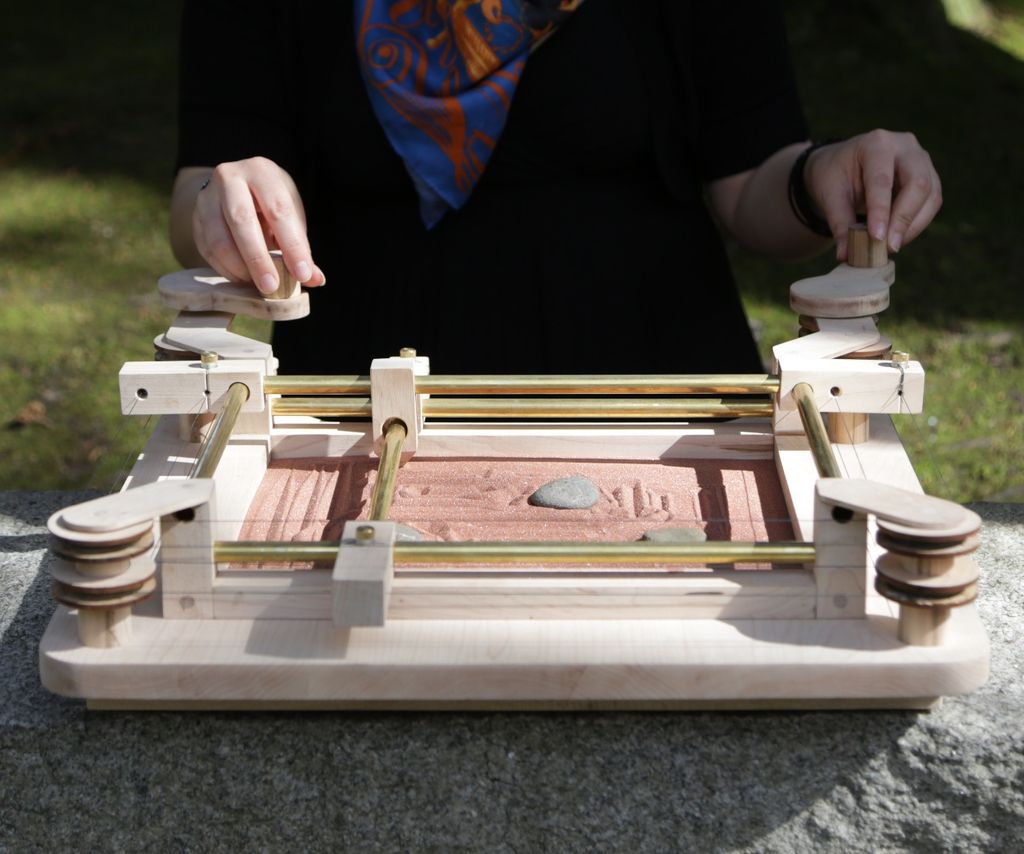XYZen Garden... MIND BLOWN

Japanese rock gardens, are often called "zen garden" or "dry landscape" garden. Common characteristics of Japanese gardens combine the elements of rocks, plants, and water, to create a tranquil and soothing retreat. The reason they are called Zen Gardens, is Zen is referred to in Buddhism and emphasizes quiet contemplation and the importance of meditation. But anyone can enjoy a zen garden, not just Buddhists. Zen gardens have been cultivated in Japan for many centuries. Garden designers of these dry-landscape gardens focus on muted colors, natural elements and making sure each addition has a role. Therefore flowers are rare in a zen garden. This helps to make the other natural contributions the focal point. One of the things that Zen gardens focus on, is the art of raked patterns. They are a creative way to add soothing relaxation to a garden space and are relatively simple to create.A few important things to keep in mind are the importance of odd numbers. Odd numbers create an asymmetry in building your garden. Asymmetry is important and often displayed are groups of three, five or seven. The number three represents the Buddhist trinity or the three bodies of Buddha. If you can't afford to do an entire backyard garden there are other options.
An idea for your family on your next 'crafts' and bonding day is to create a fun zen garden together. Here is how I would begin:
1) Select a 2 inch deep rectangle garden container.
2) Fill the garden container half full with sand, so that it's half full.
3) Place the "ishi" (which is rocks and stones in Japanese rock garden landscaping) in the rectangular container.
Suggested rocks/stones should have some sort of architectural design. Long and smooth, that can be placed horizontally or vertically in a groups of three.
4) Water elements, also called "mizu", can be mimicked by placing a small mirror on the sand to symbolize water.
5) Other ornaments, called "tenkebutsu", can be added like: tea candles, crystals or sentimental pieces like old jewelry.
6) Using a small fork or comb, gently create patterns in the sand to complete your zen garden.
If you are really ambitious or want to see an amazing zen garden, make sure you check out the link below.
Learn MORE at instructables
To help with slow website load, we have put all photos for this article here: View photo gallery.







